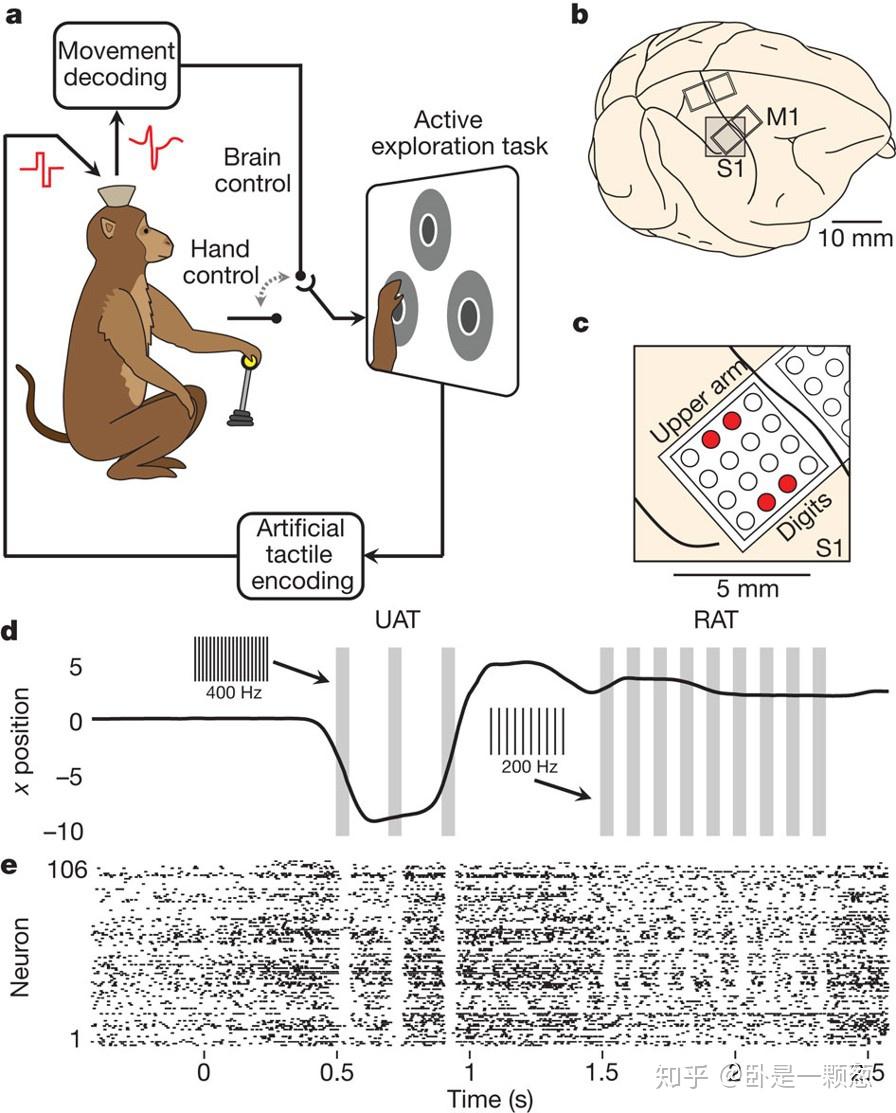|
In today's digital age, internet connectivity has become an essential part of our daily lives. From browsing the web and streaming videos to conducting business transactions and communicating with loved ones, the internet has revolutionized the way we interact with the world. This article delves into the fascinating evolution of internet connectivity, highlighting the advancements that have made it a technological marvel. Dial-up Era: The journey of internet connectivity began with dial-up modems in the late 1980s. Users would connect their computers to telephone lines, and the modem would establish a connection by dialing a specific phone number. However, the speeds were extremely slow, often limited to a mere 56 kilobits per second (Kbps). Despite its limitations, dial-up paved the way for future innovations. Broadband Revolution: The advent of broadband internet marked a significant milestone in connectivity. Broadband offered high-speed data transmission, allowing users to access the internet at much faster rates than dial-up. Cable and Digital Subscriber Line (DSL) connections became popular choices, providing speeds ranging from a few megabits per second (Mbps) to several hundred Mbps. This improvement in speed facilitated the growth of online services and multimedia content. Wireless Connectivity: The rise of wireless technology further transformed internet connectivity. Wi-Fi, or Wireless Fidelity, enabled users to connect to the internet without the need for physical cables. This advancement allowed for greater mobility and convenience, empowering individuals to access the internet from anywhere within the range of a wireless network. Wi-Fi hotspots became common in public spaces, such as cafes, airports, and homes, making it easier for people to stay connected on the go. Mobile Internet: With the proliferation of smartphones, mobile internet took center stage. Cellular networks evolved from supporting voice calls to delivering data services, enabling users to browse the web, send emails, and use various applications on their mobile devices. The introduction of 3G, 4G, and now 5G networks has significantly enhanced mobile internet speeds, providing a seamless browsing experience and enabling the emergence of streaming services, mobile gaming, and augmented reality (AR) applications. Internet of Things (IoT): The Internet of Things represents the next frontier in internet connectivity. It refers to the network of interconnected devices embedded with sensors, software, and connectivity capabilities. These devices, ranging from smart home appliances and wearable gadgets to industrial machinery and autonomous vehicles, can communicate with each other and access the internet to exchange data. IoT has the potential to revolutionize various industries, including healthcare, transportation, and manufacturing. Future Prospects: Looking ahead, advancements such as satellite-based internet, mesh networks, and even more advanced iterations of wireless technology are poised to take connectivity to new heights. Satellite internet can bridge the digital divide by providing internet access to remote areas with limited infrastructure. Mesh networks can create decentralized and resilient networks that do not rely solely on traditional internet service providers. Moreover, emerging technologies like 6G are expected to offer unprecedented speeds and lower latency, paving the way for futuristic applications such as virtual reality (VR) and holographic communication. In conclusion, the evolution of internet connectivity has been a remarkable technological journey. From the modest beginnings of dial-up modems to the widespread availability of high-speed broadband, wireless connections, and mobile internet, we have witnessed tremendous progress. As we embrace the era of IoT and anticipate future developments, the internet continues to shape the way we live, work, and connect with one another, transforming our world into an interconnected global village.  |
